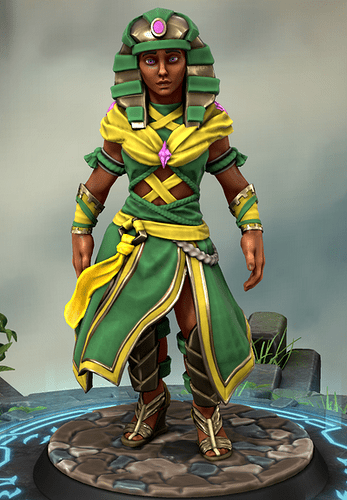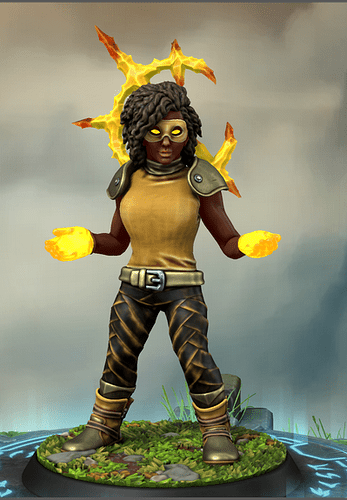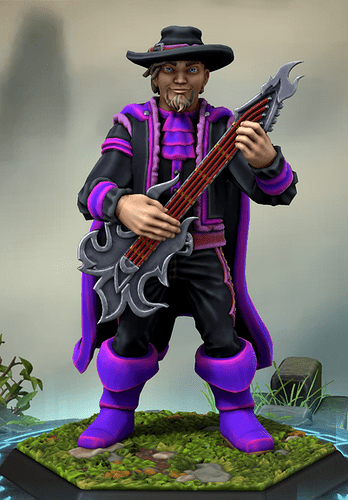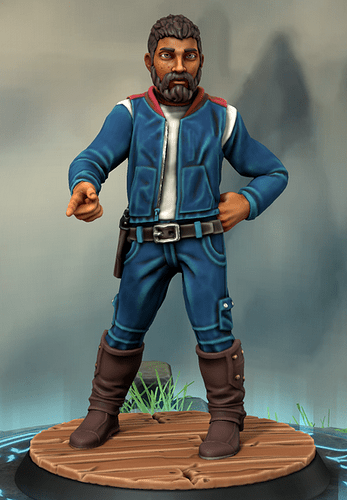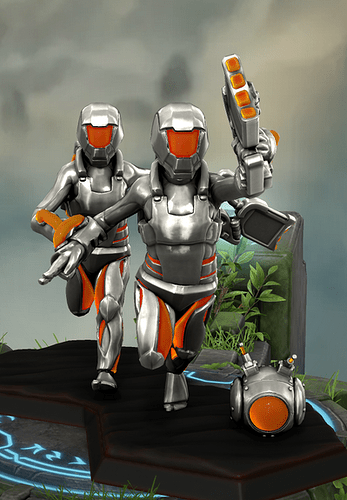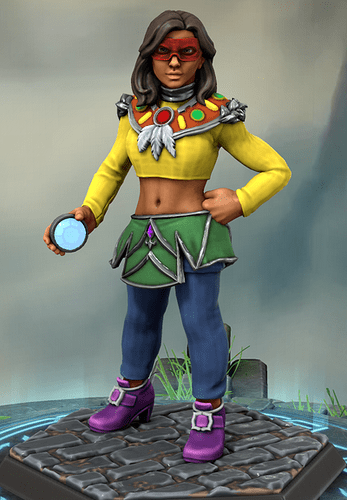Dischord
Real Name: Wallace Walker, First Appearance: Madame Liberty #305, May 1967
Lieutenant Type: Enemy
Die Size: d8
Motive: Destruction, Approach: Social
Traits:
- Disharmony: When Dischord Boosts to create dark emotions, apply the bonus to anyone who can hear him. Then activate a minor environment twist in its current zone.
Following the failure of her Vietnamese adventures, the decision was made to keep Madame Liberty closer to home. 1966 and early 1967 saw the heroine on safe ground, fighting against Iron Will, the Dread Dynasty, and other clearly villainous manifestations of authority and villainy, but after a couple years of playing it safe, her writers were chafing to touch on current politics again. This time, mindful of how the previous attempt had gone, the team decided to present a more complex approach that would discuss events without villainizing them.
As a result, May of 1967 saw the heroine investigating a series of counter-culture protests in England and France that had turned violent, seemingly a result of the hippie movement currently sweeping the United States. It soon became clear to Madame Liberty that the riots weren’t happening by accident; peaceful sit-ins were becoming filled with rage, only for the police assigned to watch them to overreact to the first stirrings of anger and lead to bitter brawls between protesters and government groups. She was able to track down the cause of the riots – a mysterious musician who appeared just before things went sour, only to vanish the confusion.
The villain in question was Dischord. Wallace Walker was a professional agitator of an unusual stripe. Rather than building up protest movements, he would simply infiltrate them, using specially-crafted songs to stir up anger and paranoia in everyone who heard them. The sounds of his music would drive protesters and police alike to violence, turning even the most peaceful demonstration into a riot and driving wedges between people. Walker was secretly working for an arms manufacturer who hoped to discredit the rising pacifist movement before it was able to gain group, in order to heighten tensions and start wars. Madame Liberty defeated the plotter, and put an end to the riots.
But Dischord himself escaped in the chaos, having a knack for slipping away from trouble. He would return again as a mercenary for hire, using his power to create chaos in order to cover thefts, discredit politicians, spark border wars and even create cover for assassinations. He was heartless and cold, never showing any real emotion, and seemingly immune to his own powers, and while he was never powerful enough to be a singular threat to Madame Liberty, he was a persistent thorn in her side.
Behind the Scenes:
The Music Meister sings the songs that the world wants to hear!
In all seriousness, music villains are fun, and we don’t have a lot of them. I think that five years later, this guy would have been secretly selling tainted drugs, but we can’t do that yet so he’s using music to undermine peaceful protests and incite retribution from the police. I believe there was a Batman villain doing something similar, if somewhat less complimentary towards the hippies. I cannot recall the name, though. I just remember Robin liking the music and Batman being really derisive of it.
Mechanically, Dischord has a really powerful ability, but it’s mitigated by the fact that he also has to Boost the heroes to use it. They’ll have to find ways to narrate using the rage stoked in them for good rather than evil (or just hit him a little too hard), but that’s a cool visual.
I imagine that Dischord could have a few stories where he is the big bad, and gets a full villain sheet. Usually, though, he’s working best when surrounded by chaotic environments and lots of minions; while he’s the inciting incident, taking him down only stops things from getting worse, and he’s not the primary obstacle to the chaos.

